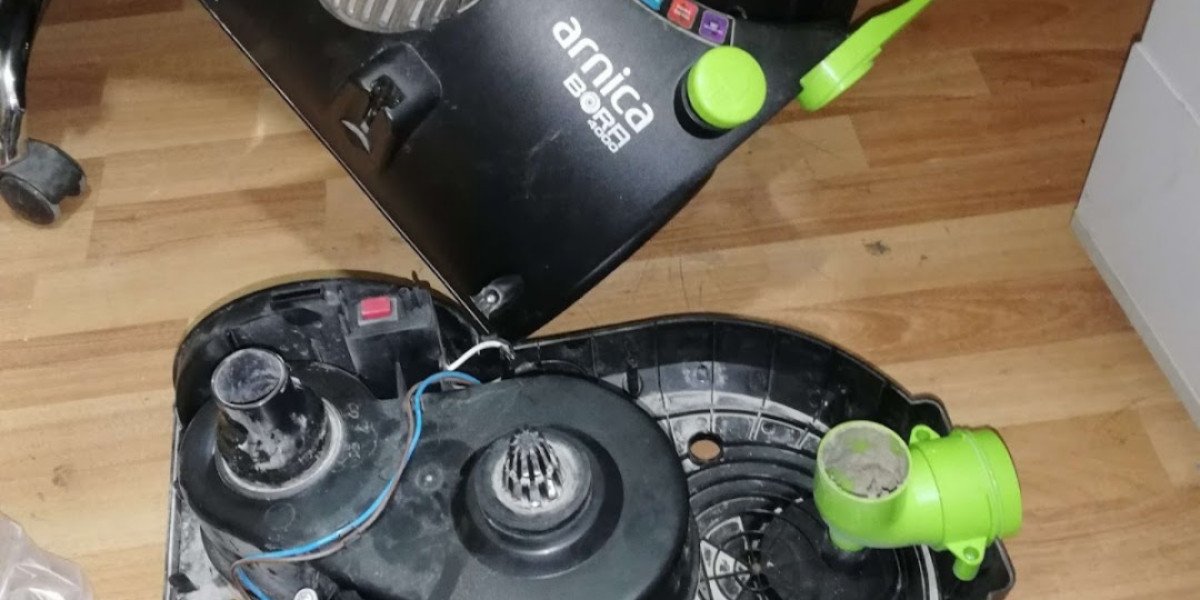The Importance of Micronutrient Fertilizers
Despite being needed in small amounts, micronutrients, such as zinc, copper, boron, and manganese, are essential for plant growth. These elements are crucial in plant development, photosynthesis, and disease resistance. Deficiencies in these micronutrients can lead to poor plant health, reduced crop yields, and increased disease susceptibility.
For those looking to enhance their soil’s micronutrient levels, buying micronutrient fertilizers tailored to your specific soil and crop requirements is crucial. Different forms and application methods can impact their effectiveness and how well they address deficiencies.
Key Micronutrient Application Methods
Understanding various application methods helps you select the most suitable approach for crops and soil conditions. Here’s a comparison of the main techniques:
Application Method | Description | Advantages | Best Used For |
Broadcast and Incorporate | Fertilizer is spread evenly over the soil and mixed in. | Ensures uniform nutrient distribution and improves soil nutrient content. | It is ideal for general soil enrichment across large areas. |
Band Application | Fertilizer is applied in concentrated bands near the plant rows or root zone. | Enhances nutrient uptake efficiency by placing nutrients closer to the plant roots. | Best for precision agriculture and targeted nutrient supply. |
Seed-Placement | Fertilizer is placed directly with the seed at planting time. | It provides essential nutrients right where the seed germinates, supporting early growth. | Practical for early plant nutrition and addressing deficiencies affecting seedlings. |
Foliar Application | Fertilizer solution is sprayed directly onto plant leaves. | It offers rapid correction of nutrient deficiencies and improves plant health quickly. | It helps address visible nutrient issues during the growing season. |
Choosing the Right Method for Your Needs
Selecting the appropriate application method depends on factors such as soil type, crop requirements, and the specific micronutrients involved. Here's how each method can be effectively utilized:
Broadcast and Incorporate
Description: This method involves spreading the fertilizer evenly across the soil surface and mixing it using tillage equipment.
Advantages: It ensures that the micronutrients are distributed uniformly throughout the soil, enhancing soil fertility and nutrient availability.
Best Used For: General soil enrichment over large areas. This method is effective when preparing soil before planting, especially if you’re looking to broadly improve the soil’s micronutrient content.
Practical Tip: Ensure thorough mixing into the soil to prevent nutrient runoff and enhance effectiveness. This method is beneficial when introducing new micronutrients to the soil or correcting widespread deficiencies.
Band Application
Description: Fertilizer is applied in narrow, concentrated bands near the plant rows or root zones before planting or during the growing season.
Advantages: It increases nutrient uptake efficiency by placing the nutrients where they are most needed. This method reduces the amount of fertilizer required and minimizes waste.
Best Used For: Precision agriculture and targeted nutrient supply. Band application is ideal for crops with specific nutrient needs or localized deficiencies.
Practical Tip: Adjust application rates based on crop needs and soil nutrient status. This method effectively optimizes nutrient delivery and improves plant growth in targeted areas.
Seed-Placement
Description: Fertilizer is placed directly in the seed row or with the seed during planting. This method ensures that the young plant receives nutrients as it grows.
Advantages: Provides nutrients right at the seed’s location, supporting early growth and development. It helps prevent early deficiencies that can affect plant establishment.
Best Used For: Early plant nutrition, especially for crops sensitive to nutrient deficiencies at the seedling stage. Seed placement is effective for addressing deficiencies that can hinder seedling development.
Practical Tip: Be cautious of potential seed burn from high concentrations of fertilizer. Use appropriate rates to avoid damaging the seeds and ensure successful germination.
Foliar Application
Description: Fertilizer solution is sprayed directly onto the plant leaves, allowing nutrients to be absorbed through the foliage.
Advantages: Provides a rapid fix for nutrient deficiencies and improves plant health quickly. It can also supplement soil applications and address mid-season nutrient needs.
Best Used For: Quick fixes for visible nutrient issues during the growing season. Foliar application is ideal for crops showing symptoms of deficiencies or when quick nutrient uptake is necessary.
Practical Tip: Follow recommended dilution rates and application frequency guidelines to avoid leaf burn and ensure effective nutrient uptake. This method helps address specific deficiencies and enhance overall plant health.
Practical Tips for Effective Application
Soil Testing: Conduct soil tests to determine nutrient levels and identify deficiencies. This information helps in selecting the right micronutrient and application method.
Timing: Apply micronutrients at the optimal time for your crops. Pre-plant applications are generally best for broad soil enrichment, while foliar applications can address deficiencies during the growing season.
Application Rates: Adhere to recommended rates to avoid over-application, which can lead to toxicity and other issues. Proper application ensures that the plants utilize the micronutrients efficiently.
Case Study: Success with Targeted Micronutrient Application
A large-scale farm implemented band application for zinc and copper, focusing on precise delivery to the plant root zones. The result was a 15% increase in crop yields over previous seasons. The farm optimized nutrient uptake and addressed deficiencies more effectively by tailoring the application to specific needs.
As you consider the best methods for applying micronutrient fertilizers, remember that each approach has its benefits and ideal uses. Assess your specific needs and conditions to choose the most effective strategy. Exploring various application methods can lead to better crop health and increased yields. Tailoring your approach based on soil and crop requirements will help ensure optimal nutrient availability and utilization.








